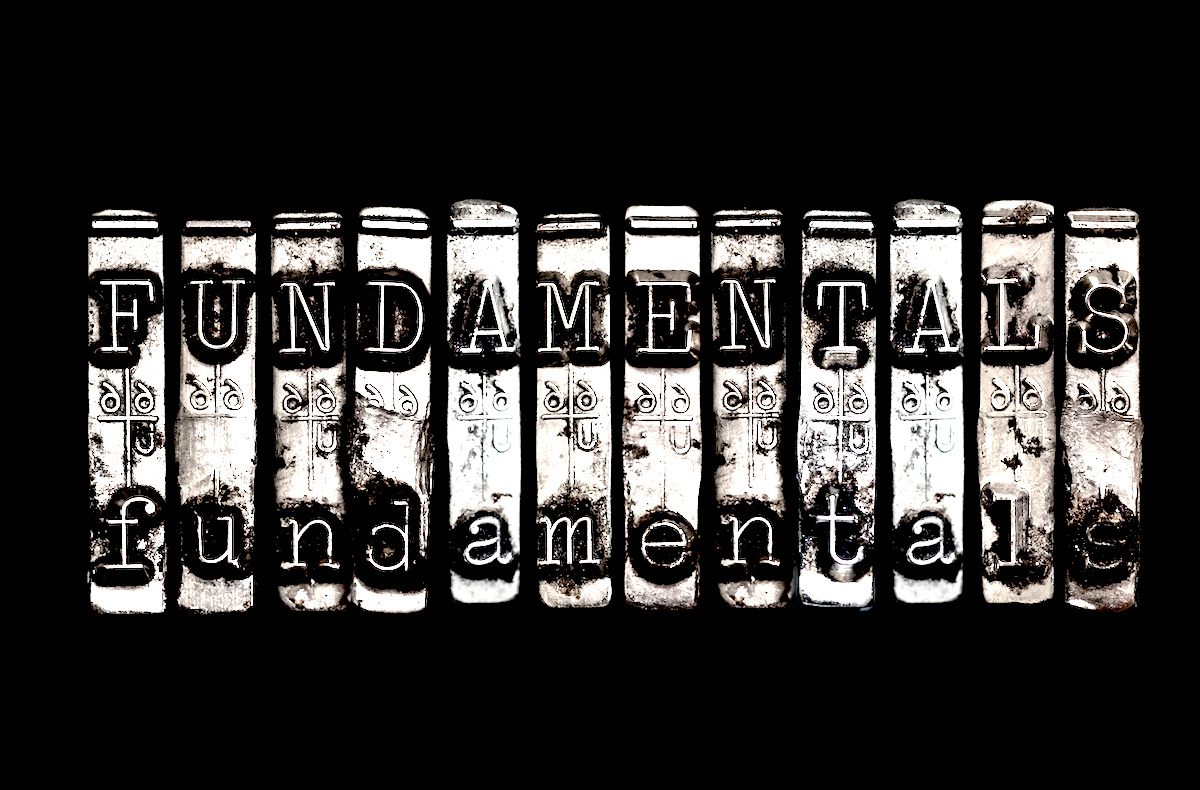In the second quarter of 2025, Canadian companies showed a shift in mindset. They’re no longer bracing for the worst—but they’re not exactly brimming with confidence either. According to RBC Senior Economist Claire Fan, the latest Bank of Canada Business Outlook Survey1 shows that while near-term sales expectations took a hit, overall sentiment is looking a bit brighter. Inflation worries are starting to settle down, and the sense of panic around global trade tensions seems to be fading.
The survey, conducted in May, came at a time when trade frictions were easing. That helped calm nerves. As Fan puts it, “fewer businesses are considering extremely negative scenarios in their planning.” And when it comes to cross-border trade, most Canadian exporters are in the clear. “Most participating exporters reported they are not currently subject to tariffs,” Fan notes, which lines up with RBC’s view that USMCA exemptions are doing their job.
But here’s the rub—while the temperature is cooling, the air’s still thick with uncertainty.
Sales Expectations Are Down—but So Is Panic
Businesses aren't bullish on future sales. Fan reports that “firms reported a net deterioration in future sales indicators compared with a year ago.” Several factors are weighing them down: sluggish consumer spending, a soft housing market, an oil and gas sector dampened by low global prices, and the unwinding of a short-lived export boom that had been fueled by front-loaded orders ahead of tariffs.
Still, there’s a bit of comfort in the fact that worst-case fears aren’t front and center anymore. As Fan highlights, “most participating exporters reported they are not currently subject to tariffs,” which has been a lifeline for many sectors. That said, steel, aluminum, and auto firms haven’t been so lucky—they’re still dealing with weaker outlooks.
Investment? Hiring? Still on Pause
Even with less tariff-related stress, Canadian businesses are playing it safe. “Most firms continued to either scale back or pause their investment plans in Q2,” Fan says, pointing to weak demand, extra production capacity, and trade uncertainty as the reasons.
And while hiring hasn’t completely dried up, it’s definitely slowed. Layoffs? They’re mostly being treated as a last resort. Plus, Fan notes a notable shift in labour dynamics: “The share of firms reporting labour shortages was near a record low,” and “the share reporting challenges with meeting unexpected increases in demand was below the historical average.” Translation? Businesses aren’t exactly stretched right now.
Squeezed Margins: Costs Are Up, Prices Aren’t
Rising input costs are creating another headache. Fan says firms expect these to “rise faster over the next 12 months.” But many of them can’t just pass those costs on to customers. Demand is too soft, and that’s leaving businesses to absorb the hit through thinner margins.
As Fan sums up, “businesses also reported difficulties passing on cost increases to consumers, citing weakness in demand as the main hurdle and margin compressions as a result.”
Inflation Expectations Are Drifting Lower—But Not for Everyone
There’s at least one bit of encouraging news: business inflation expectations are coming down. In fact, they fell from 3.7% in April to 2.9% in June. Fan explains, “Near-term inflation expectations among businesses eased substantially... This still partly reflects soft demand expectations and the associated disinflationary effect rather than reduced trade uncertainty.”
But the story looks different for consumers. Their inflation expectations stayed high—above 4%—throughout Q2. That split between what businesses expect and what households feel is worth watching. Longer-term expectations from businesses are still hovering between 2.5% and 3%, which suggests some confidence in the Bank of Canada’s ability to keep inflation under control.
BoC Rate Cuts? Don’t Hold Your Breath
With businesses expecting softer inflation and weaker demand, some might think that opens the door for more rate cuts. Not so fast. Fan is clear: “We maintain that the BoC faces an unusually high hurdle for considering additional rate cuts.”
And there’s another factor at play—government spending. Fan argues that “increased government support is better suited to address concentrated weakness in trade-exposed sectors than the blunt tool of lower interest rates.” In other words, don’t expect the central bank to jump in where fiscal policy is better equipped.
Final Take: A Tentative Shift Toward Stability
Claire Fan’s research doesn’t scream optimism—but it doesn’t spell doom either. Businesses are cautiously adjusting to a slower economy. They’re not in crisis mode, but they’re also not ready to bet big on a rebound. Cost pressures, demand softness, and hiring hesitation all point to a delicate balancing act.
The good news? Panic is off the table. The bad news? We're not in the clear yet.
For advisors and investors, this is a time for nuance. Canada’s business sector is shifting from survival mode to wait-and-see. That’s not a call to action—but it is a call for vigilance.
Footnote:
1 RBC Economics. Claire Fan. "Canadian businesses reported improved outlooks in Q2." RBC, 21 July 2025,















